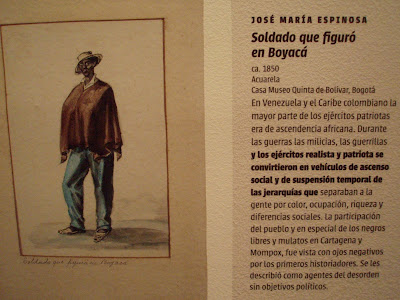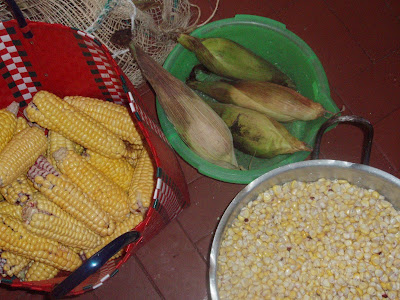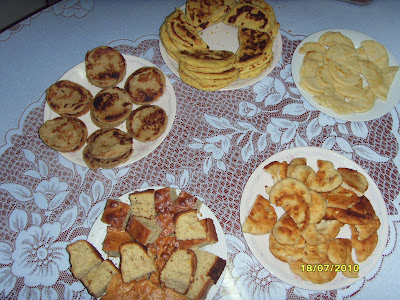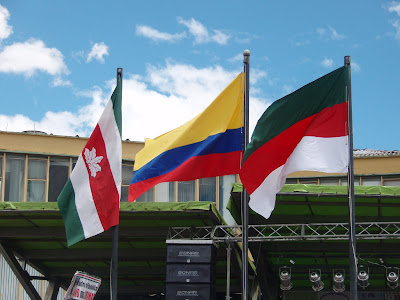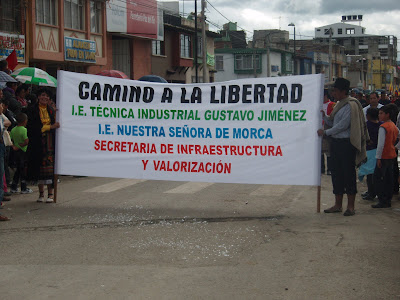One Family's Return Trip: Plaza Bolívar North Side

A quote from Colombian Founding Father, Fransico de Paula Santander, is what greets you at the front of the PALACIO DE JUSTICIA (PALACE OF JUSTICE). It reads: "Colombianos las armas os han dado la independencia, las leyes os darán la libertad" (Colombians arms have given you independence, laws will give you freedom!) However, the site of Colombian Justice has a relatively short and tragic history. In it's short history, there has actually been three different buildings that have occupied the spot. The first was built in the 1920's. It stood until the Bogotazo of 1948. The story of the Bogotazo should really be a blog of it's own, and it will have to be. But, here is the condensed version. On April 9, 1948, a political candidate -- Jorge Eliecer Gaitán -- was assassinated. This led to protests, violence, repression, disorder, and the start of a period known as La Violencia in Colombia. In Bogotá, one of the acts of defiance on April 9 was the burning of the P...

